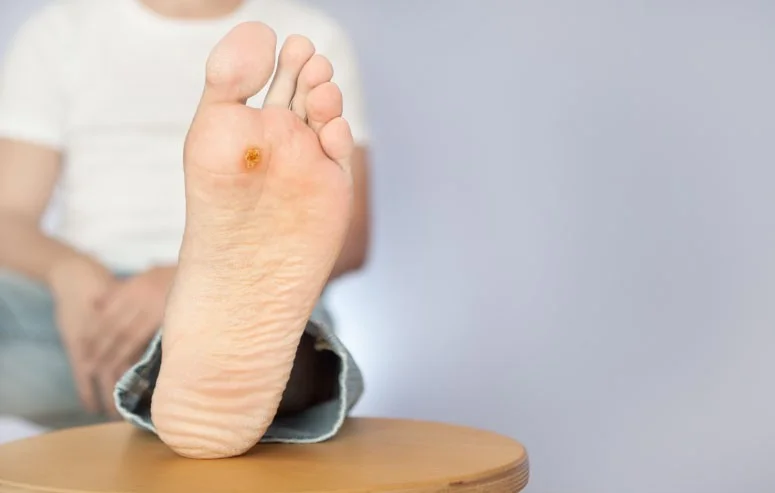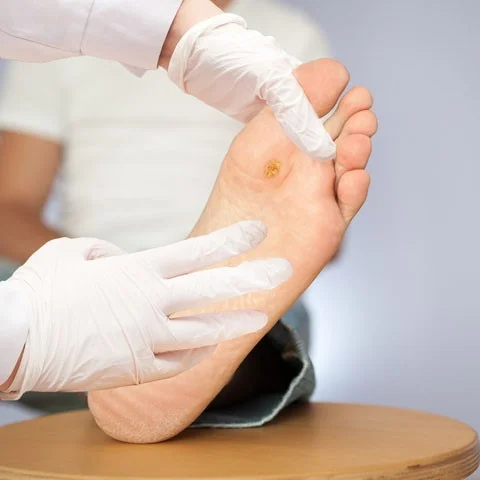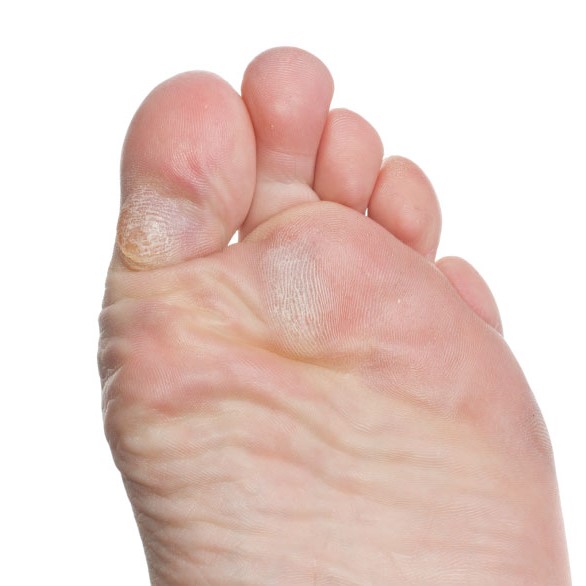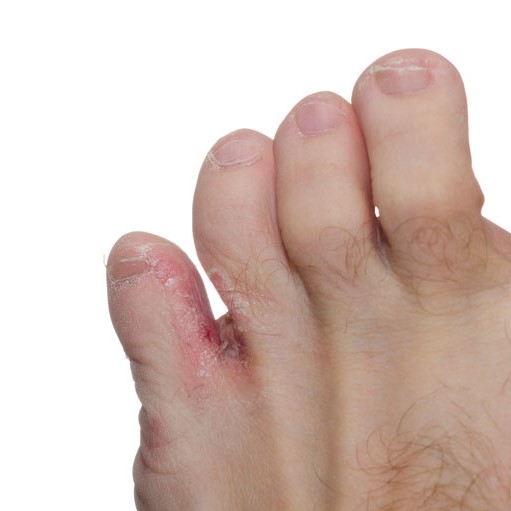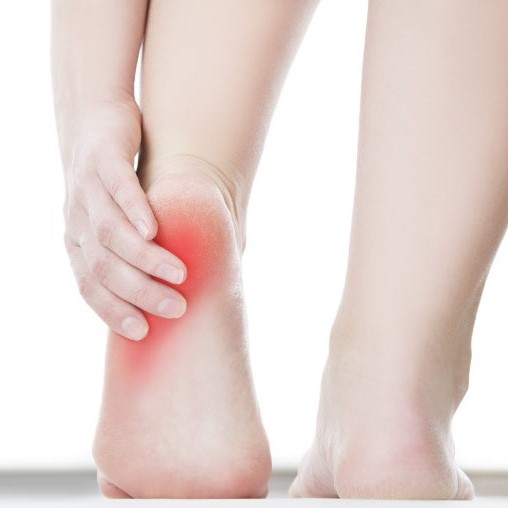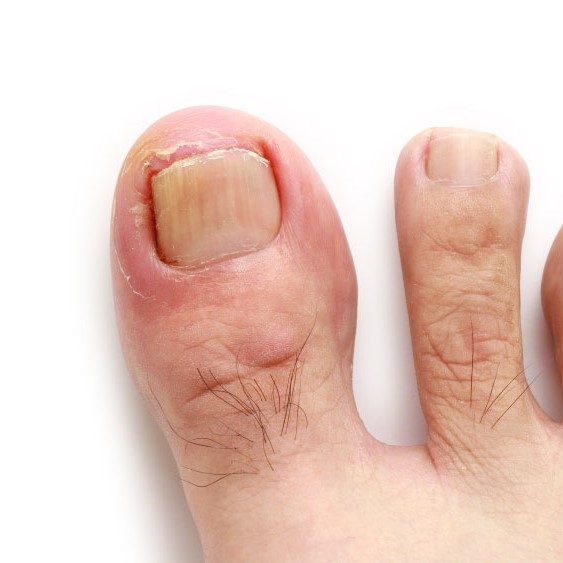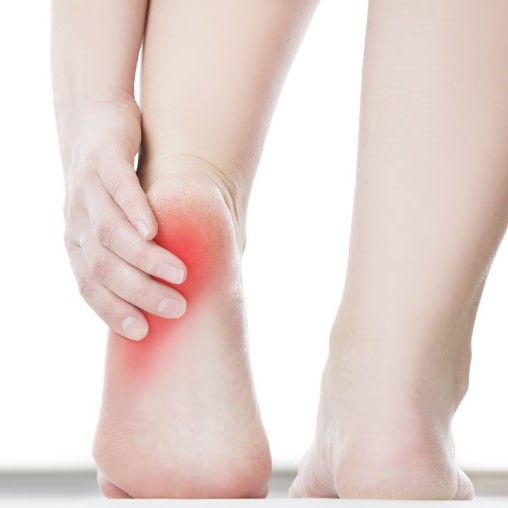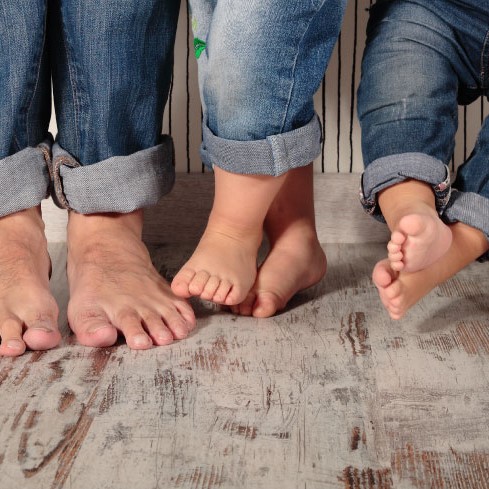Warts
A healthy adult takes about 10,000 steps a day. How many do you take?
Warts
What is a wart?
A wart is a growth of cells in the outer layer of skin, the end result of the human papillomavirus (HPV) entering through a small break in the skin. The break will often be painless and too small to see. There are several types of HPV that can cause warts to develop on your feet. The size of and pain associated with warts is quite variable. For example, small warts can be extremely painful and large warts can be painless. Warts often cause more pain when squeezed than when direct pressure is applied.
Sometimes warts are called:
Plantar warts
Papillomas
Verruca or verruca pedis
Warts that develop on the sole of the foot are usually quite flat. This is in contrast to warts that develop on non weight-bearing skin, such as the back of a hand, which are more likely to be prominent. A strange fact is that normal skin lines don’t usually run through a wart. You may instead see tiny black spots.
What causes warts?
Because they are caused by a virus, warts are highly contagious. The most common way to get one is direct skin-to-skin contact, such as shaking hands with someone who has a wart on their hand. You can also get a wart from inanimate objects, like towels that have been used by someone with a wart. This doesn’t mean you should stop shaking people’s hands or going to the gym (nice try!). Just try to avoid touching a wart directly and being barefooted in areas that other people are likely to stand barefooted.
Treatment for warts
Firstly, it’s important to realise that most warts go away by themselves as your body fights the virus. But it can take months or even years, so many people decide to say ‘See ya later, wart!’ earlier than this. There are plenty of old wives’ tales out there about treating warts — we’ve heard everything from applying duct tape to banana peels! For warts on the foot, many people try over-the-counter treatments first. But most of them are made of low-concentration salicylic acid, which often isn’t strong enough to kill the warts but damages the healthy, surrounding skin.
Many podiatrists and doctors favour the use of liquid nitrogen (dry ice) or acid. Treating plantar warts with dry ice usually hurts and is often ineffective due to the thickness of the skin. Kids hate it! Strong acid can be effective but treatment is usually prolonged and requires you to do a lot of work between appointments, including keeping the dressing dry. Good luck with that!
At Fairfield Podiatry, we do things differently. We prefer to treat warts with beetle juice. What?! Yes, we use a topical treatment called Cantharone, which is derived from blister beetles. It’s a blister causing agent that, in our humble opinion, is by far the most effective topical wart treatment. The best thing is that it’s extremely rare for children to experience pain following application of Cantharone. No food bribes necessary! Adults may experience mild, short-term discomfort but the trade-off is that you don’t need to do much between appointments. While Cantharone is increasing in popularity among health professionals, very few have been trained properly or have as much experience with its use as our podiatrists.
If your warts are widespread, a treatment option that’s designed to kick-start your immune system may be the way to go. In this case, you’ll probably need to consult a dermatologist but we can explain the process and help with a referral. If all else fails, you may need to have a minor surgical procedure called curettage. Don’t stress though — this is a rarity these days.
With so many treatment options available, you can be pretty confident you’re dealing with a common but tricky problem. To avoid wasting time and money, book in for a chat today.


